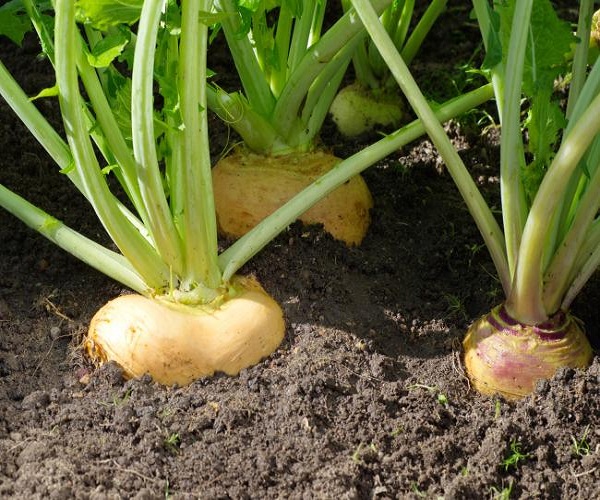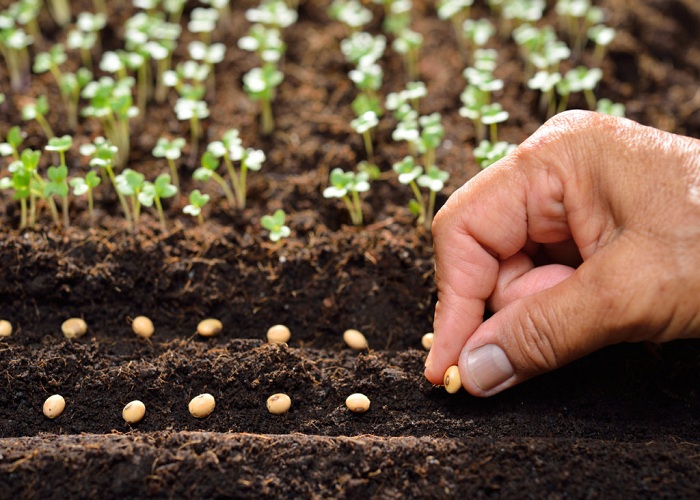After waiting patiently through the hazy heat of summer, gardeners in hardiness zones eight and above can finally get a wide variety of food plants planted, including sensitive tomatoes and eggplant. Similarly, northern gardeners can reap the benefits of the season by tending to leafy greens, root vegetables, cabbage, broccoli, and kale, all of which thrive in lower temperatures and shorter days of autumn.
These 14 autumn-appropriate vegetables are sure to provide a welcome addition to your harvest.
Beets (Beta Vulgaris)
- USDA Growing Zones: 2–11
- Sun Exposure: Full sun, partial shade
- Soil: Loamy, moist
It’s better to start beets from seed, as with any root crop, because you don’t want to mess with the developing root. If you want to continue succession planting your beets at two- to three-week intervals, you should wait until late summer or early fall. Beets will thrive in the summer heat, but they rapidly become bitter and woody. Beet bulbs are hardy enough to continue growing through deep winter, and their leafy tops can even survive light frost.

Bok Choy (Brassica rapa)
- USDA Growing Zones: 2–11
- Sun Exposure: Full sun, partial shade
- Soil Needs: Rich, well-drained
Bok choy, like many other Asian greens, does well when planted in the fall. “Baby” bok choy cultivars mature in about 40 days, reaching a height of eight inches. They find great pleasure in the season’s cooler temperatures and the subsequent reduction in the number of annoying leaf insects, which can have a negative impact on their development and ultimately their success. You can harvest the heads as you go because they won’t go to seed as soon as they could in the spring.
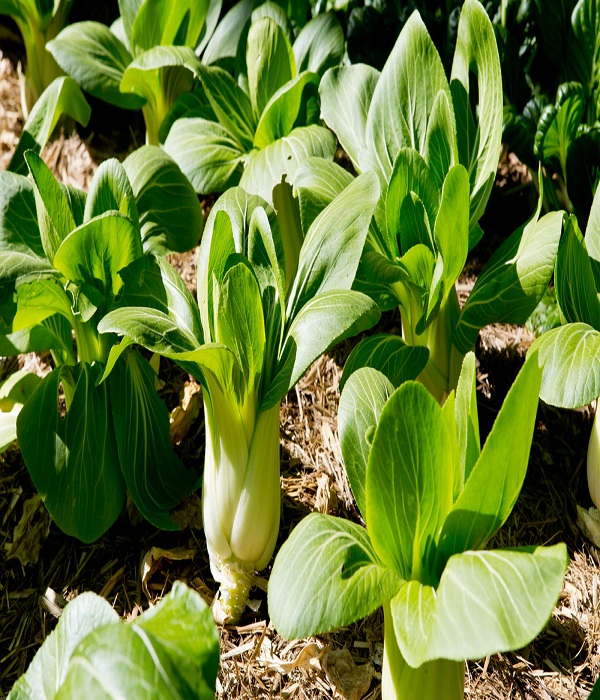
Broccoli (Brassica oleracea)
- USDA Growing Zones: 3–10
- Sun Exposure: Full sun
- Soil Needs: Rich, sandy
Like other cole crops, broccoli thrives in cool conditions. If you want to grow broccoli, planting in the fall offers two significant benefits over planting in the spring. To begin, while mature broccoli plants can withstand frost, young broccoli seedlings are not as resistant and can be shocked or killed by early spring frosts. Since florets are flower buds, they open more gradually in cooler conditions, extending the harvesting period. Broccoli takes several months to mature, so if you want a timely fall crop, plant a fast-grower like Waltham in mid to late summer.
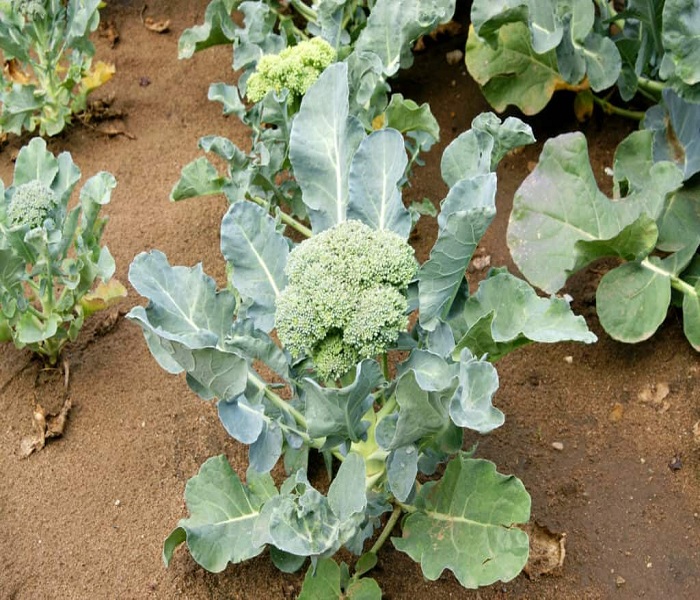
Green Beans (Phaseolus vulgaris)
- USDA Growing Zones: 2–10
- Sun Exposure: Full sun
- Soil Needs: Rich, well-drained
Green beans come in two varieties that gardeners usually cultivate. In order for the pole bean vines to reach a mature height before they begin setting beans, a lengthy growth season is required. Alternatively, bush cultivars can begin yielding in as little as 45 days, making them ideal for a fall crop. Whenever an early frost is forecast, protect your bean plants by placing a row cover over them and keeping the frost off of them until the weather warms up again.
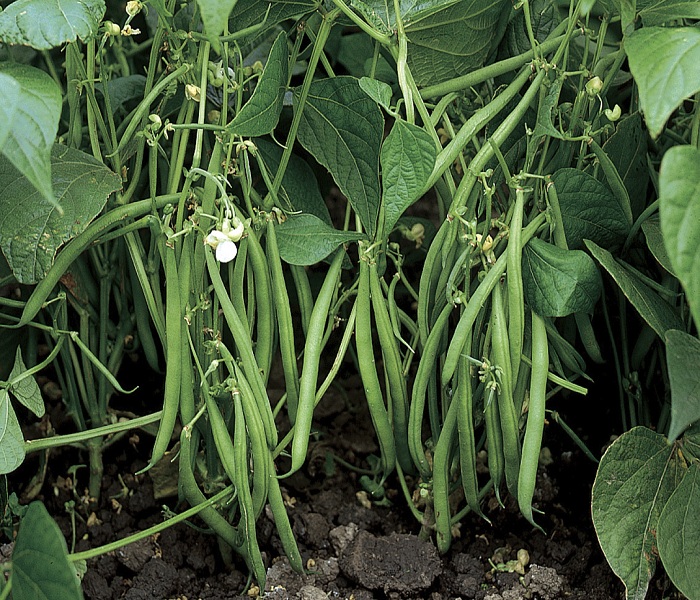
Cabbage (Brassica oleracea)
- USDA Growing Zones: 1–9
- Sun Exposure: Full sun, partial shade
- Soil Needs: Rich, well-drained
As a cool-weather crop, cabbage thrives in the autumn. Plants can grow in warmer temperatures, but only if they are not too warm for the formation of a head. Since cabbage takes 90-120 days to develop, transplanting seedlings in the middle to late summer will likely result in a harvest in the fall. Most cabbage varieties are able to withstand light frost, so you may continue harvesting them deep into the winter if you give them some shelter. They won’t continue growing in the cold, but they’ll keep their juiciness and get much sweeter in the meanwhile.

Carrots (Daucus carota)
- USDA Growing Zones: 3–10
- Sun Exposure: Full sun, partial shade
- Soil Needs: Loose, well-drained
Although most carrots take roughly 60 days from seed to harvest, the shorter-day Thumbelina and Paris Market cultivars are an exception. Conventional carrots can also be grown by starting the seeds in pots. Growing seeds indoors is a good way to keep them healthy until early fall, when you may transfer them to your garden.
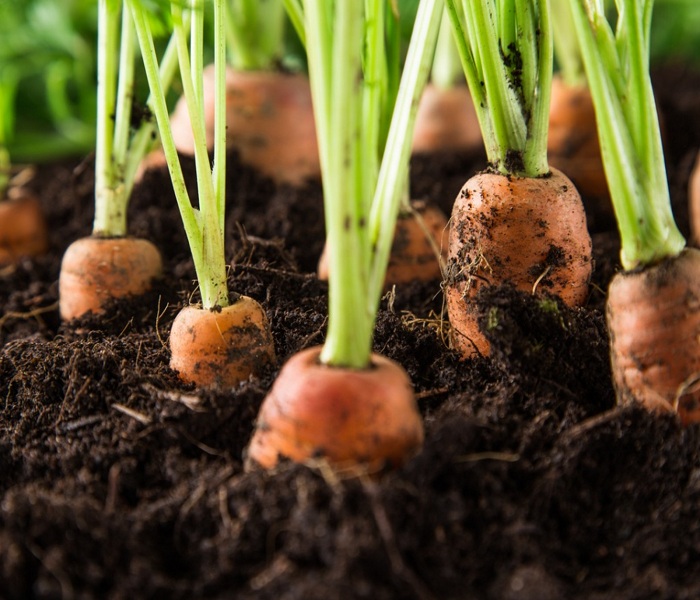
Cauliflower (Brassica oleracea)
- USDA Growing Zones: 2–11
- Sun Exposure: Full sun
- Soil Needs: Rich, well-drained
Cauliflower grows best in the fall since the cool weather helps to keep the heads tight and sensitive. Cauliflower takes a long time to mature, typically between two and three months. Since cauliflower is only mildly frost tolerant, it should be planted in early to mid-fall so that it can be harvested by the end of the season. Harvest the cauliflower when the head has reached the correct size but the buds are still tight.

Kale (Brassica oleracea var. acephala)
- USDA Growing Zones: 7–9
- Sun Exposure: Full sun, partial shade
- Soil Needs: Loamy, moist but well-drained
Kale is one of the most simple cole crops to cultivate. Because it is grown for its leaves rather than its flowers or stems, it can be started in either warm or chilly soil. When grown in the fall, kale benefits from the same miracle that befalls many other vegetables when exposed to low temperatures or a light frost: the leaves retain their excellent texture while taking on a sweeter, more complex flavor1. Plant or sow seeds in the middle to late summer for a fall crop.
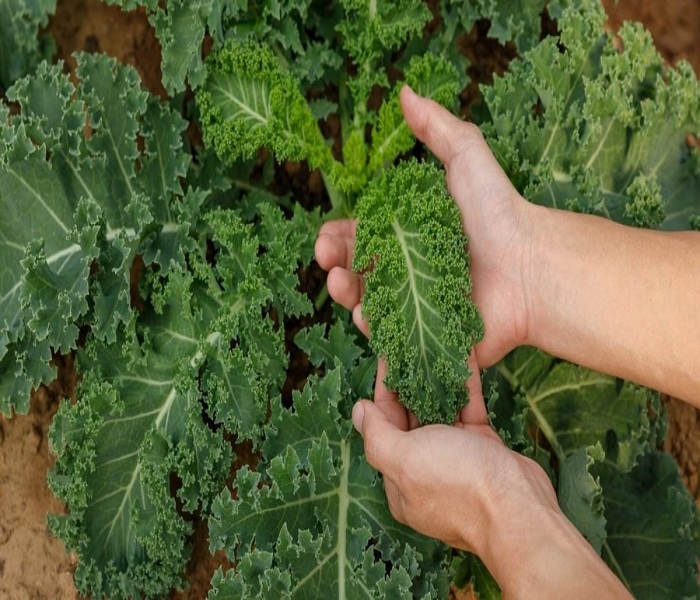
Lettuce (Lactuca sativa)
- USDA Growing Zones: 4–9
- Sun Exposure: Partial shade
- Soil Needs: Loamy, moist but well-drained
Lettuce is a seasonal crop that can be sown at any time. Growing time for most types is less than 50 days, so you can start sowing seeds in mid-August and continue doing so until late in the fall. Shorter days and cooler temperatures may inhibit plant growth, but the harvest will be sweeter and crisper than in the spring. Lettuce needs some protection from frost because its roots are so shallow. If you grow your fall lettuce in containers, you can simply bring them inside when the temperature drops below freezing; otherwise, you can cover them with burlap or some other type of netting.
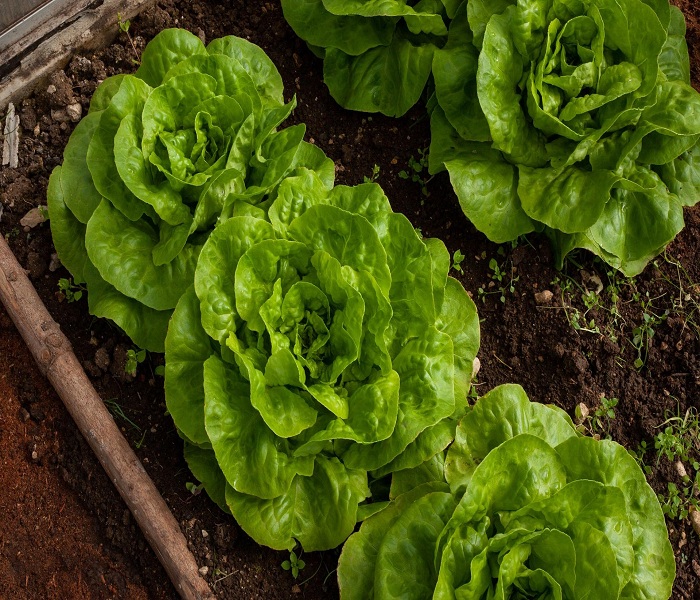
Peas (Pisum sativum)
- USDA Growing Zones: 2–9
- Sun Exposure: Full sun, partial shade
- Soil Needs: Loamy, well-drained
Peas, like many other vegetables, thrive in cool temperatures. In only 50-60 days, you can harvest many short types. Pea seeds will germinate faster in warm weather, so mid to late August is a good time to plant them. However, young pea plants require more water and some shade than usual while they are developing. The cool days and warm nights of autumn should be just right to sustain them through the flowering and pea-forming stages.
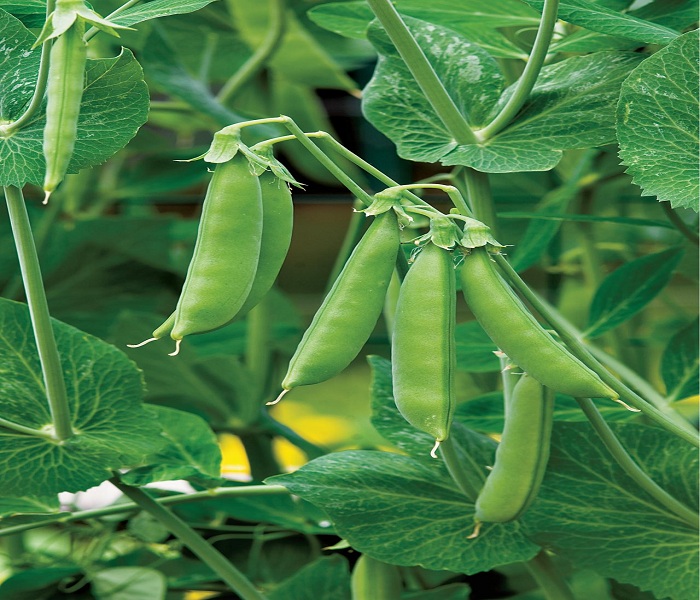
Radishes (Raphanus sativus)
- USDA Growing Zones: 2–10
- Sun Exposure: Full sun
- Soil Needs: Loamy, sandy
Radishes grow swiftly in cool, damp soil. Radishes grown in the spring sometimes have a woody texture, a spicy or bitter flavor, and are small in size, but these issues can be avoided by planting the seeds in the fall. Additionally, you could try out some “winter” radish kinds, such as the black Spanish radish, which develops best if planted in the middle of summer and let grow into the fall. Radishes are often harvested in the late fall or early winter, but they can also be left in the ground over the winter and harvested the following spring.

Spinach (Spinacia oleracea)
- USDA Growing Zones: 2–9
- Sun Exposure: Full sun
- Soil Needs: Loamy, moist but well-drained
If you’ve ever had spinach bolt before it got big enough to eat in the summer, you’ll adore growing it in the fall. Since spinach only needs 30–40 days to mature (even less if you prefer small, fragile leaves), you can harvest it multiple times during the fall. Also ideal for planting in the winter is spinach seed.

Swiss Chard (Beta vulgaris var. cicla)
- USDA Growing Zones: 3–10
- Sun Exposure: Full sun, partial shade
- Soil Needs: Loamy, rich
You won’t need to reseed your cut-and-come-again swiss chard for the fall if you’ve been picking it regularly. The plants may have slowed down during the summer, but with some rehydration and cooler temperatures, they will be back to full speed by the fall. They might make it through the winter, but if they do, you need to pick them as soon as possible in the spring before they go to seed and become tough and bitter.
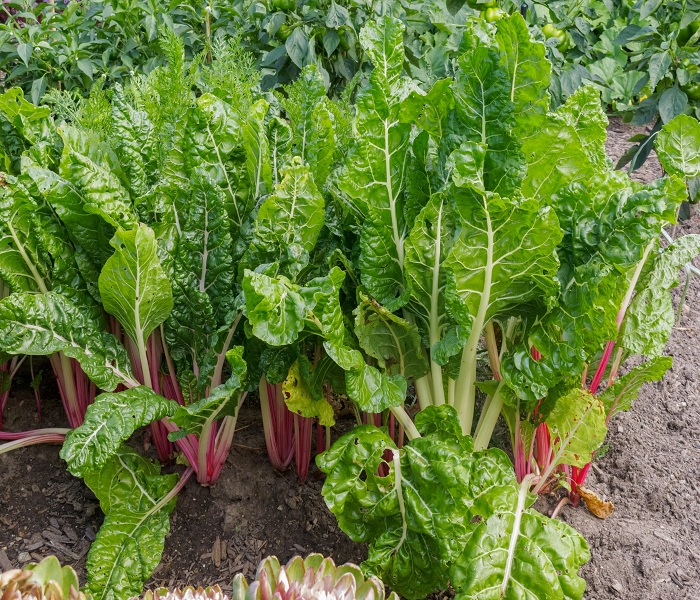
Turnips (Brassica rapa)
- USDA Growing Zones: 2–9
- Sun Exposure: Full sun
- Soil Needs: Loamy, sandy
As a root crop, turnips require a lengthy growing season (100 days or more). However, allowing them to mature in the fall results in the greatest and tastiest harvests. Getting frosty won’t hurt them too much because they’re grown for their roots and their tops are rather hardy. In fact, it might make them taste sweeter. Turnips are ready for harvest before their related rutabaga and don’t improve with age in the soil, therefore they should be planted in succession and harvested as they grow.
